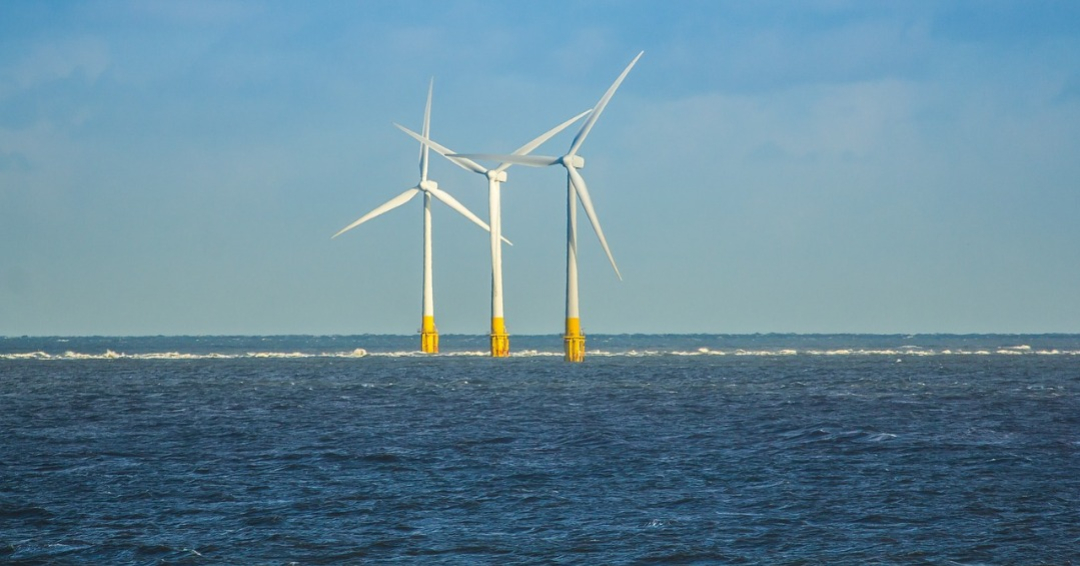In 2022, Denmark, Germany, Belgium, and the Netherlands held the first North Sea Summit in Esbjerg, Denmark. During the summit, the countries established the Esbjerg Declaration, setting ambitious goals for offshore wind power in the North Seas region. The aim is to transform the North Seas into a significant green power plant for Europe, contributing to climate neutrality and enhancing energy security in the region.
In April 2023, the second North Sea Summit took place in Ostend, Belgium, with the participation of nine countries: Belgium, Denmark, France, Germany, Ireland, Luxembourg, Norway, the United Kingdom, and the Netherlands. This summit aimed to unite their efforts in developing green energy in the North Seas, including the Atlantic Ocean, Irish Sea, and Celtic Sea. The countries will collaborate on deploying offshore wind projects and establishing an offshore electricity grid, which will contribute to Europe's transition to a green economy powered by offshore renewable energy sources.
The collective target for offshore wind power in the North Seas region is set at 120 gigawatts by 2030, with a minimum goal of 300 gigawatts by 2050
The climate crisis and the decline of ecosystems require urgent action, and offshore wind plays a vital role in addressing both climate change and ensuring energy security. Delaying offshore wind projects due to lengthy permitting processes is not an option, especially as global temperatures continue to rise and autocratic regimes possess the ability to disrupt energy supply. Instead, there is a need for rapid deployment of offshore wind while also prioritizing the protection of marine ecosystems for the well-being of future generations.
The North Seas will play a crucial role in supplying clean and affordable energy, including electricity and hydrogen, to industries and businesses. However, it is essential to avoid replacing one dependence with another. To achieve this, there is a need to prioritize European value chains in green technologies and diversify the sources of critical raw materials for wind turbines, batteries, and similar technologies. Collaborative efforts within NATO and the European Union will focus on enhancing the security of offshore and underwater infrastructure and effectively responding to traditional and hybrid threats. Each turbine installed brings us a step closer to achieving a greener future.
Source: Politico

